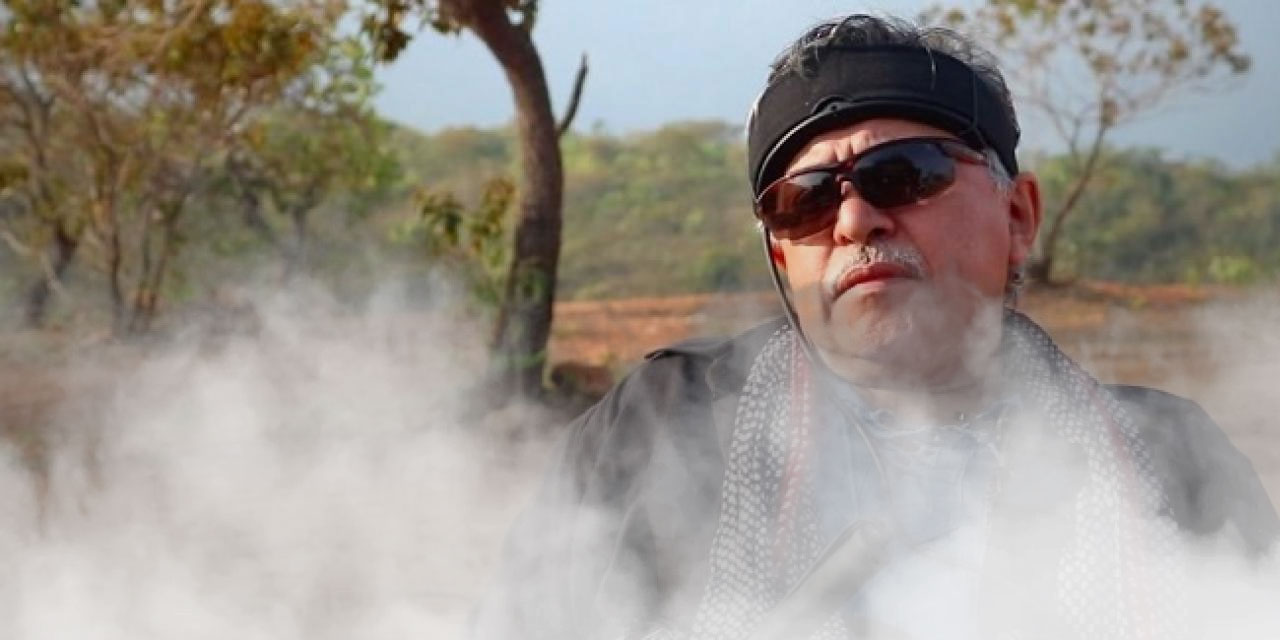Several top leaders of former rebel group FARC have gone into hiding, some over fears they were facing an imminent death.
“Jesus Santrich,” the FARC’s faction leader in the House of Representatives, is only the latest of at least eight top leaders and mid-level commanders who have gone missing amid rumors of plots to “take them down.”
The apparent fear among former guerrilla chiefs is not without reason; weeks after guerrilla group M-19 demobilized in 1990 their presidential candidate, Carlos Pizarro, was assassinated.
This assassination was just one of thousands that occurred after 1985 when the FARC agreed to join the Patriotic Union (UP) party together with other leftist organizations.
Thousands of UP members, including two presidential candidates, were assassinated in the decades that followed. The violence triggered missing FARC leaders Jesus Santrich and Ivan Marquez, among others, to abandon politics and become guerrilla commanders.
As recent as last year, former M-19 guerrilla and popular leftist presidential candidate Gustavo Petro survived an assassination attempt.
According to the United Nations, at least 123 FARC members have been assassinated, 10 were forcibly disappeared and 17 survived assassination attacks since the group agreed to lay down its weapons in late 2016. The number of assassinations is higher, according to the FARC.
“Jesus Santrich”
Santrich disappeared on Sunday after having been through the most turbulent peace process of all FARC members.
The FARC’s faction chief in the House of Representatives was arrested in April last year after the US filed an extradition request based on a so-far unsubstantiated drug trafficking claim.
The war crimes tribunal rejected the extradition request in May after receiving no evidence, but Santrich was arrested at the gates of La Picota prison in Bogota, claiming it had received evidence of the US Department of Justice in the form of the testimony of DEA informant Marlon Marin, the nephew of Santrich’s friend and former superior, “Ivan Marquez.”
The second arrest followed only hours after somebody in jail told Santrich he was going to be extradited and the FARC leader tried to commit suicide to prevent being sent to the US.
Two weeks later the Supreme Court ordered his release again and Santrich could finally enter Congress and reaffirm his cooperation with the investigations into the US drug trafficking claim and war crimes committed during the conflict.
According to supporters of Santrich, the FARC leader escaped his security detail between Saturday evening and Sunday morning after he was informed that he was going to be assassinated or kidnapped at a public event in the northern city of Barranquilla and has been missing since.
“Ivan Marquez” and “El Paisa”
The FARC’s former chief negotiator and the man who was going to lead the former guerrillas’ faction in the senate went into hiding in August last year together with “El Paisa,” the former commander of the elite guerrilla unit Teofilo Forero.
Marquez had already renounced his seat in the Senate months before in protest of the arrest of Santrich, who was his right-hand-man for years when both were leading the FARC’s Caribbean Bloc.
El Paisa had been one of the most successful former guerrilla leaders in leading the reintegration of former guerrillas at the Miravalle reintegration site in the southern Caqueta province.
According to FARC Senator Victoria Sandino, Marquez and El Paisa fled the site hours before hooded men showed up at the cabin where the former chief negotiator was staying.
“Hooded men arrived at the home of Ivan Marquez early this morning but they left before that,” Sandino told press hours after the news of their disappearance.
“Romaña”
“Romaña” was one of the most feared guerrilla commanders until he demobilized and, with surprising success, led the reintegration process of FARC members in the southwestern Nariño province.
According to former Peace Commissioner Rodrigo Rivera, the reintegration chief was forced to be moved to a different location in November 2017 because “there is a situation of risk that was detected.”
Rivers said that drug traffickers threatened to kill Romaña “because there is a population determined to leave illegality, but there is pressure from the mafia.”
Romaña was moved to the central Meta province, but renounced his bodyguards only days after Marquez and El Paisa and also went off the grid in August last year.
A week later, television network Caracol reported that sources within the FARC said that Romaña was still taking part in the peace process, but had sought the protection of 80 of his former subordinates in the northeast of the country, near the border of the Norte de Santander and the Arauca provinces.
In March this year, however, Romaña’s defense attorney said that the former guerrilla leader could not come out of hiding or take part in the peace process because FARC dissidents continued to try to assassinate him.
Other missing leaders
According to the United Nations, four more mid-level commanders went missing around the time that El Paisa, Romaña and Marquez went underground. Local media have reported that 10 reintegration chiefs have given up. At least one of these claims proved false.
“El Zarco,” “El Loco Ivan” and “Enrique Marulanda” abandoned the reintegration project they were leading in the central Meta province. Around the same time, “Ivan Ali” and “Albeiro Cordoba” abandoned their subordinates in the southern Guaviare province.
Local media additionally reported that “Manuel Politico” had abandoned his reintegration project in the southern Putumayo province.
These leaders were all living in territories that have been taken over by dissident groups that allegedly tried to kill Romaña and where the UN reportedly urged national authorities to take control of the security situation.





